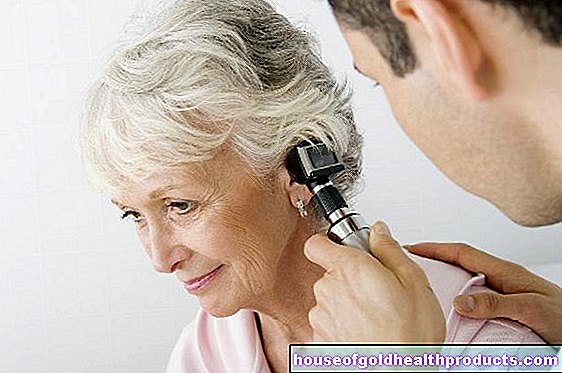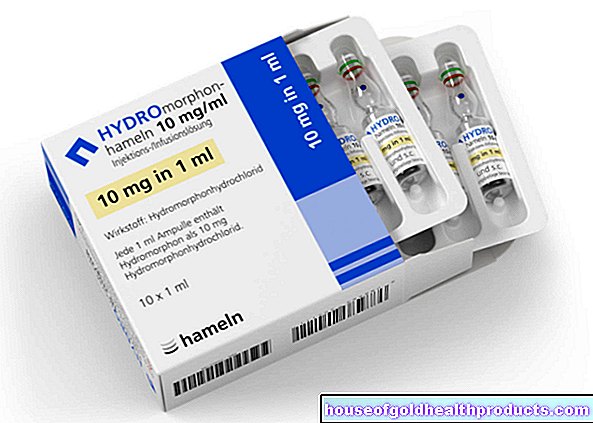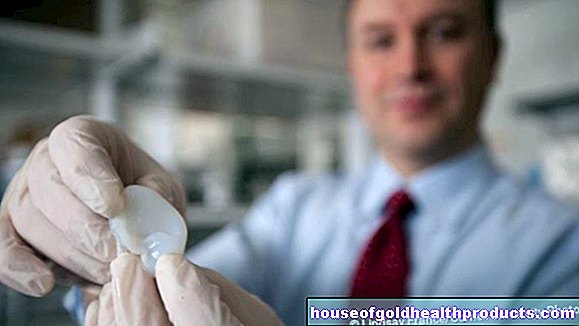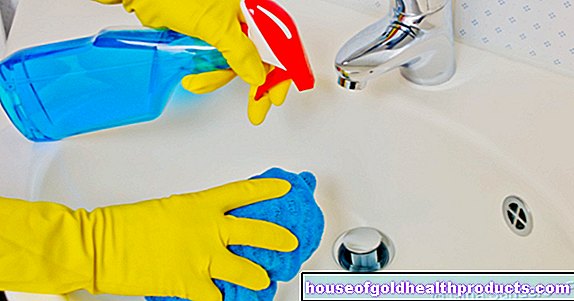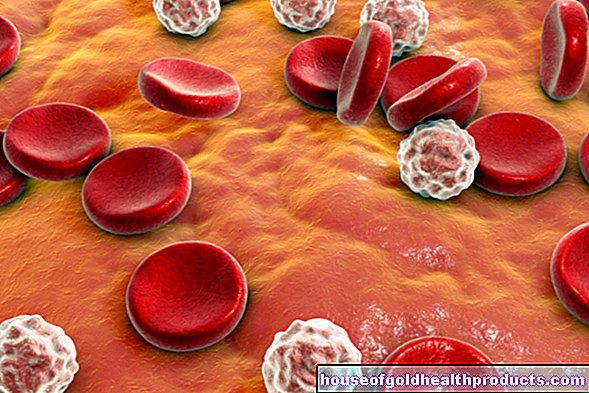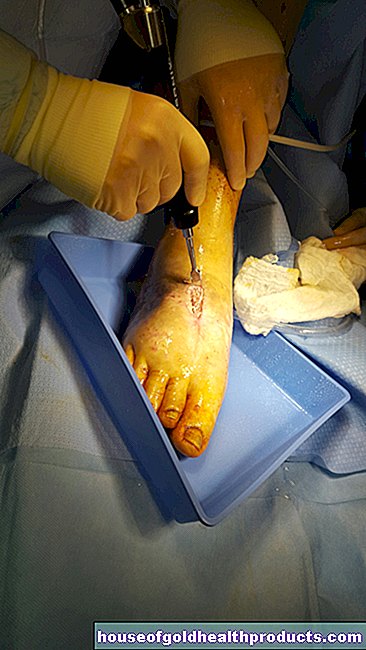U6 examination
Updated on All content is checked by medical journalists.The U6 examination is the sixth preventive medical examination. It takes place at the age of ten to twelve months. In addition to an examination that primarily focuses on mobility, the doctor recommends a few vaccinations again. Read everything about the U6 examination, how it works and which vaccinations are due.

What is the U6 examination?
The U6 examination, also one-year examination, should be carried out between the 10th and 12th month of life. In addition to the general state of health, the main focus is again on checking mobility and coordination. Statutory and private health insurances cover the costs for the U6 examination.
What do you do during the U6 examination?
The U6 examination starts again with the physical examination: the child is weighed and measured and the organs are examined. To do this, the doctor uses a stethoscope to listen to the heartbeat and breathing, for example, and feel the child's stomach. In boys, he also checks that the testicles are in the scrotum and not in the abdomen or in the inguinal canal (undescended testicles).
Then some playful exercises follow, for example to answer these questions about body control and mobility of the child:
- Is the child crawling yet?
- Can it sit up straight with its legs outstretched?
- Does it pull itself up by an object to get up?
- Does it support itself with its arms when it falls?
- Does it rotate smoothly from supine to prone position and back?
To test fine motor skills, the doctor checks whether the child is reaching for an object with the thumb and forefinger instead of the whole hand. This is known as a tweezer grip. Even if the child can knock two dice together, that speaks for good fine motor skills.
The doctor also pays attention to the child's language development. At this age there are usually double syllables like “ba-ba” or “da-da”.
The doctor also examines the child's head, mouth, nose and eyes. For example, it checks whether the child is following an object with their eyes. In the Brückner test, the doctor shines a light source (ophthalmoscope) in the child's eyes to detect any visual disturbances.
During the U6 examination, the doctor also assesses how the child interacts with his primary caregiver. For example, he pays attention to how it reacts to a brief separation from mother or father.
U6: vaccination
The fourth and last dose of the so-called six-fold vaccination and the third dose of the pneumococcal vaccination are recommended by vaccination experts for around 11 months of age. The doctor usually vaccinates the child directly during the U6 examination.
The Standing Vaccination Commission (STIKO) also recommends immunizations against measles, mumps, rubella (combination vaccine) and chickenpox (varicella) from 11 months. These two vaccinations can be given on the same day or four weeks apart. Pediatricians usually give these vaccinations offset to the ones mentioned above (six-fold vaccination and pneumococci).
According to the official recommendations, vaccination against meningococci of serogroup C takes place in the 12th month of life.
At the age of 15 months, i.e. between the U6 and U7 examinations, children ideally receive the second dose of measles-mumps-rubella together with the chickenpox vaccination (often as a combination vaccine).
Other Recommendations
Since most babies have their first milk teeth at the time of the U6 examination, the pediatrician also advises parents on dental health and oral hygiene. The child should also slowly begin to drink from a cup or mug instead of a bottle, with a little help.
In addition, during the U6 examination, the doctor informs the parents about possible dangers for the child in everyday life. There is usually a leaflet on this.
What is the significance of the U6 examination?
The U6 examination is the last preventive medical check-up in infancy. In the first year of life, the child takes great strides in development. However, there is no need to worry if the baby has not yet mastered all the exercises safely. Children develop at their own pace, the tests are only guidelines. During the U6 examination, the pediatrician can advise the parents on how they can monitor their child's development and promote it in the best possible way.
Tags: parasites laboratory values organ systems